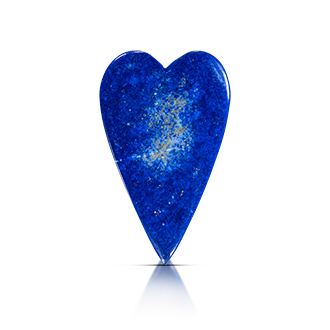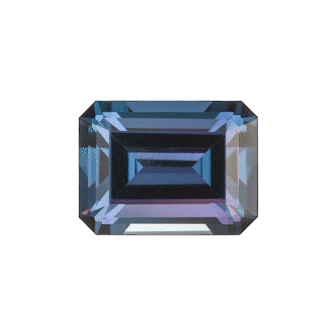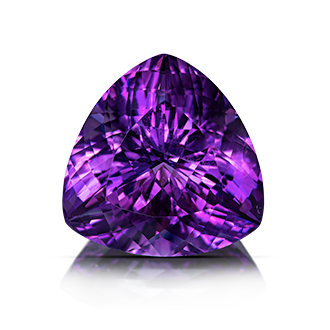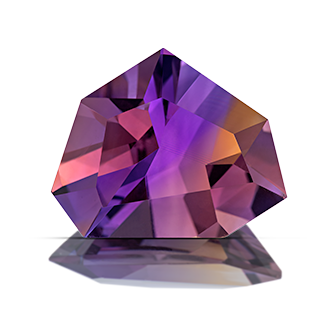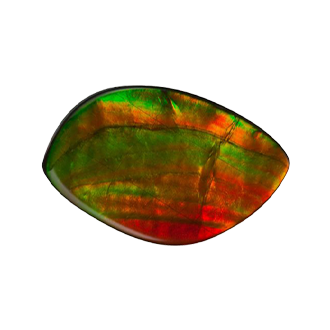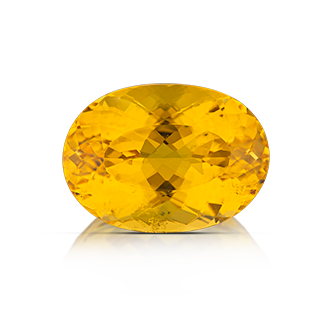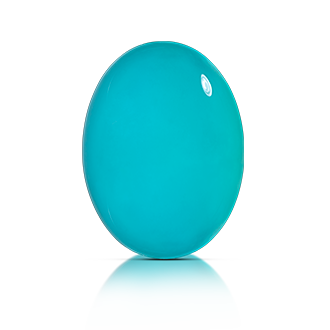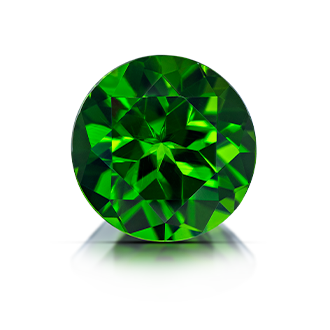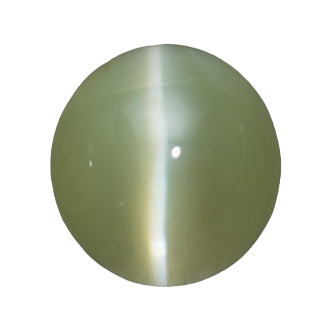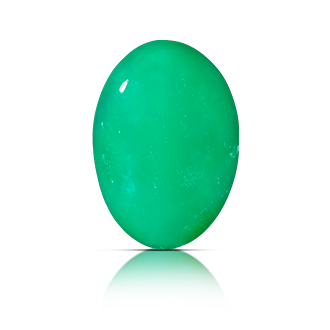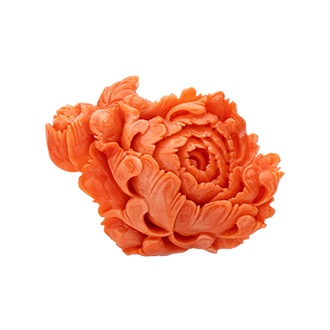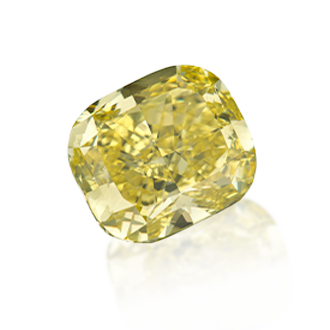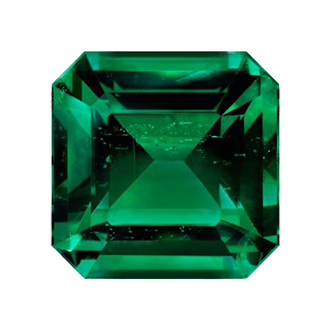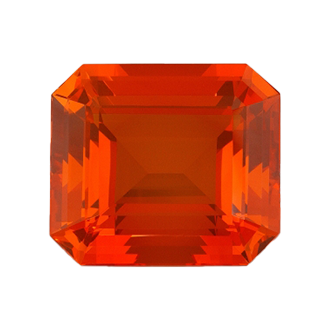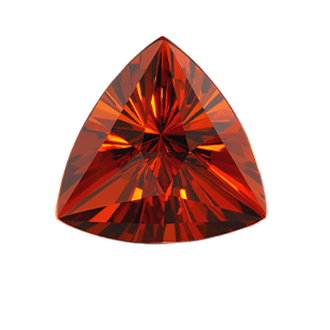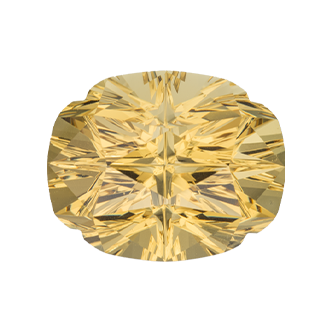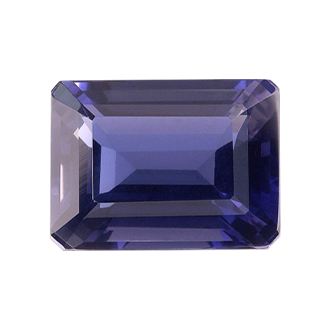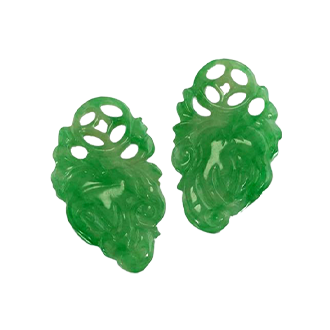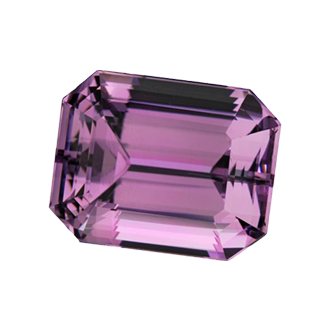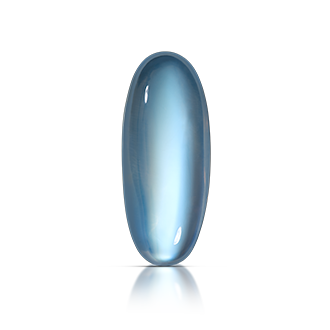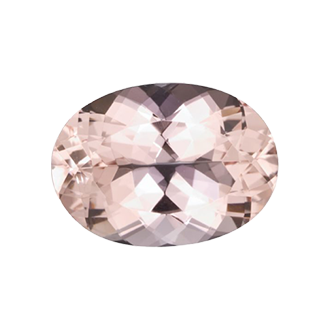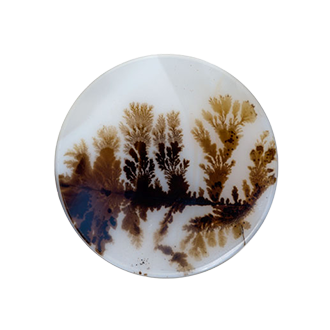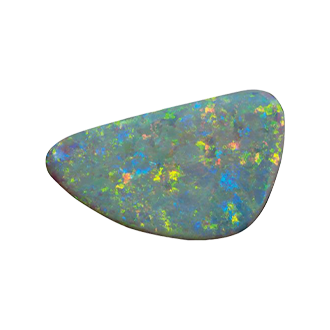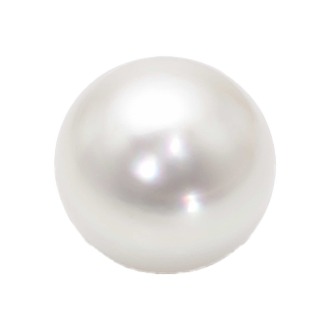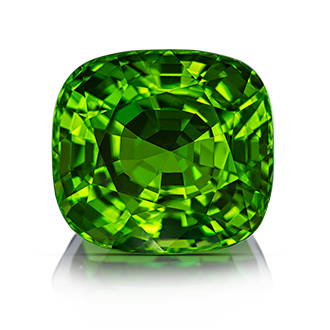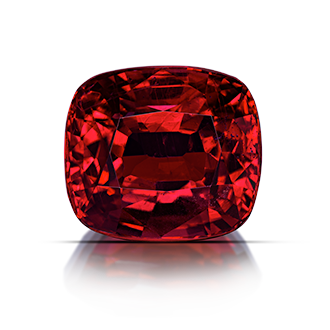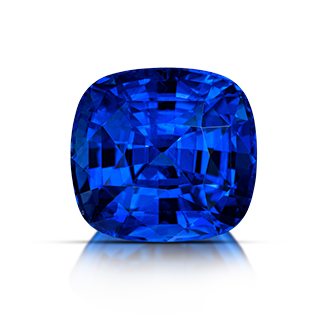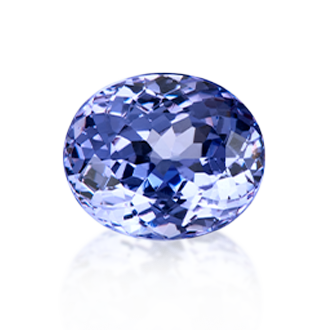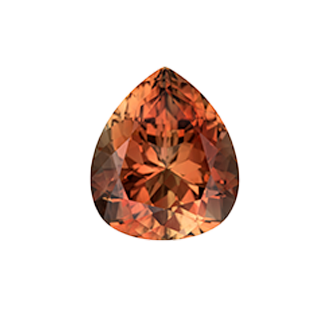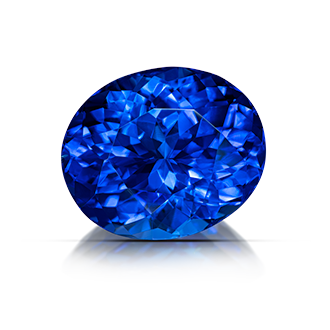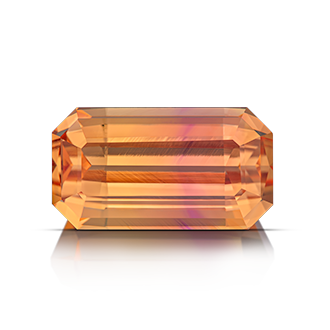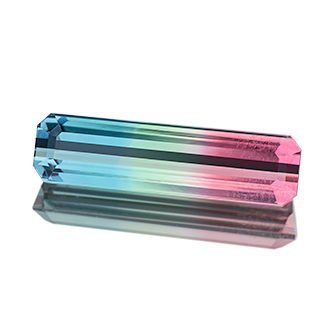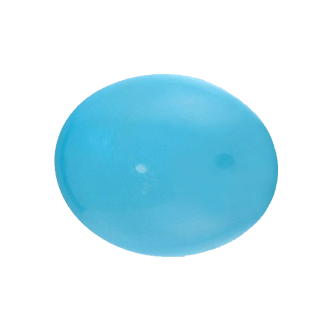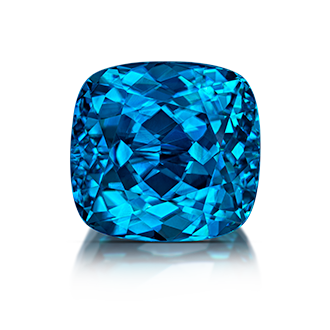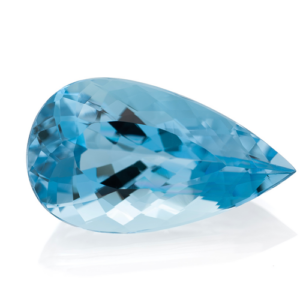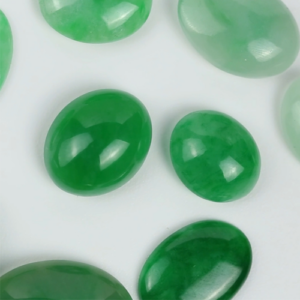Properties
| Family | Rock |
| Chemistry | (Na,Ca)8Al6Si6O24(S,SO)4 |
| Refractive Index | About 1.50 |
| Birefringence | .000 |
| Specific Gravity | 2.5 - 3 |
| Hardness | 5 - 6 (Moh's Scale) |
| Color Range | Lazur Blue, violet, greenish-blue |
Romance, History & Lore

The timeless paintings of the Renaissance period are a testament to the beauty of lapis lazuli. Master artists of this time used the intense blue gem as the secret ingredient in ultramarine—a precious blue pigment able to evoke everything from the deepest seas to the robes of the Virgin Mary.
Lapis lazuli’s pigment remained inimitable until 1834, and even today, many argue that there is no substitute for its intensity.
A dark blue microcrystalline gemstone, lapis lazuli is composed primarily of the mineral lazurite. Frequently, it can be found sparkling with golden pyrite inclusions.
Origins

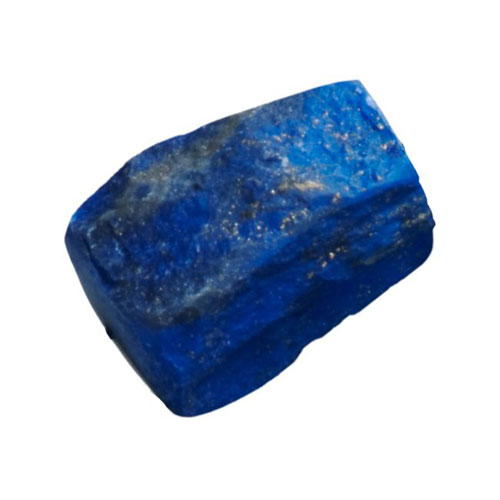
Care
Lapis lazuli is somewhat porous and should be protected from chemicals and solvents. With a hardness of 5.5, it is a delicate gem that should be stored separately from other jewelry to avoid scratches. Clean with mild dish soap and soft brush to scrub behind the stone where dust can collect. As with all fine jewelry, lapis lazuli should be removed before sleeping.

